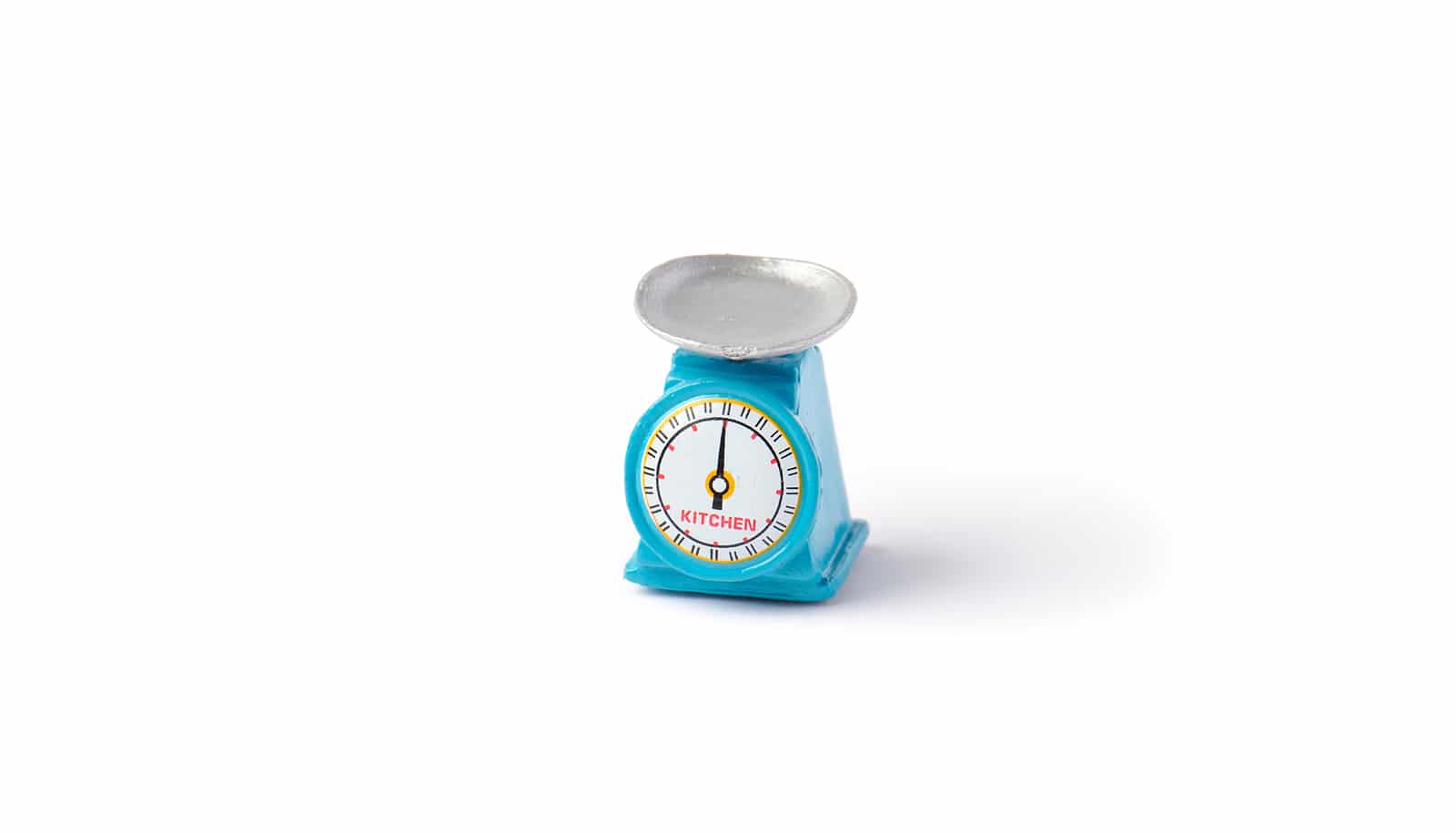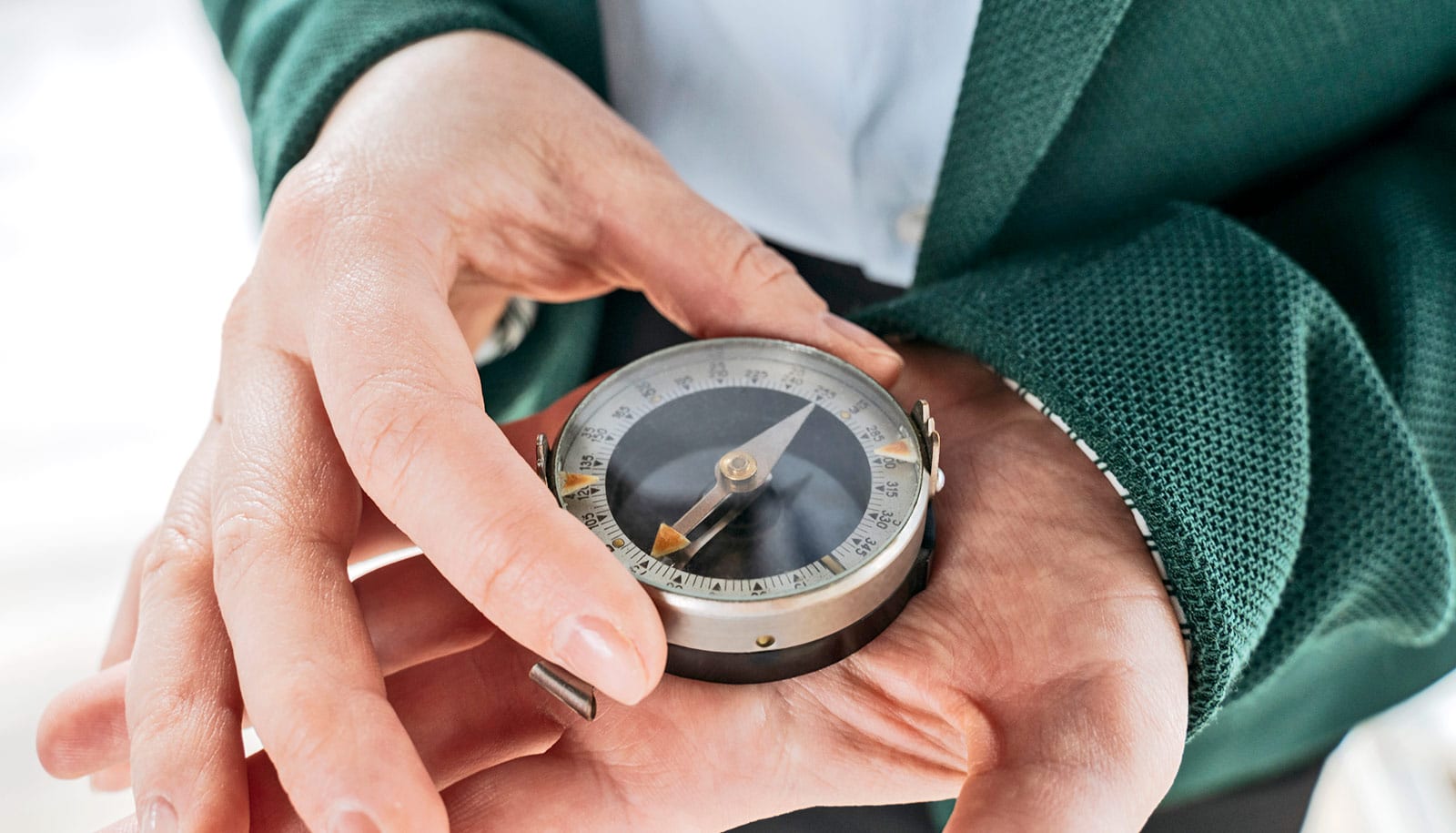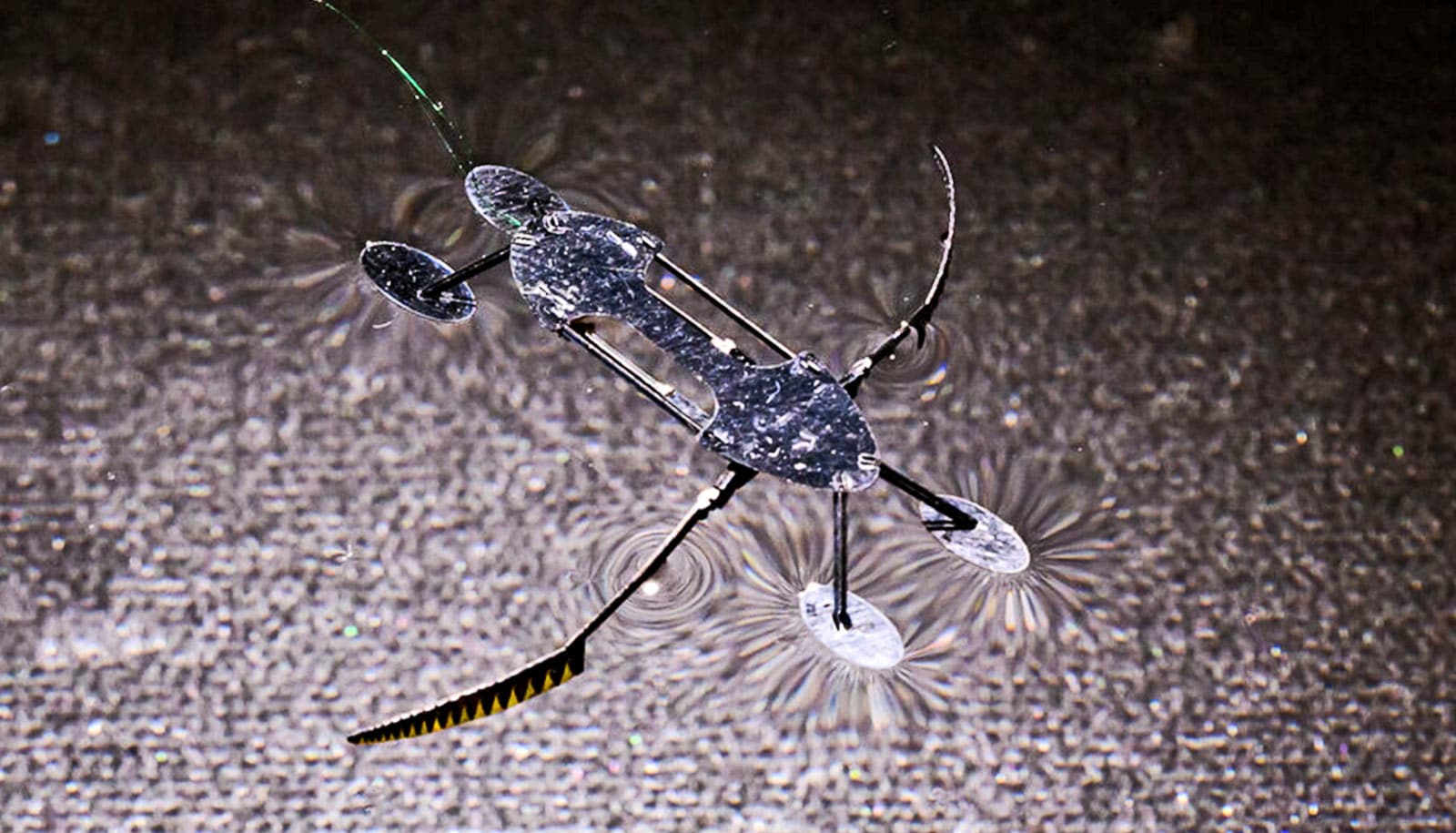Researchers have developed a scale for measuring individual cells. The invention offers a quick, accurate way to determine any changes in a cell’s weight, something that hasn’t be available before.
The cell scale measures with a resolution of milliseconds and trillionths of a gram.
“The cell hangs on the underside of a tiny cantilever for the measurements.”
The cells, which usually weigh about two to three nanograms, are weighed under controlled conditions in a cell culture chamber. The weighing arm, a tiny wafer-thin, transparent silicon cantilever coated with collagen or fibronectin, is lowered to the floor of the chamber, where it nudges and picks up a cell.
“The cell hangs on the underside of a tiny cantilever for the measurements,” says doctoral student Gotthold Fläschner of ETH Zurich, who co-invented and conducted most experiments using the new scale.
A pulsing blue laser on the fixed end of the microscopic cantilever induces it to oscillate slightly. A second infrared laser measures the oscillations at the other end, where the cell hangs—first without and then with the cell. “The cell’s mass can be calculated from the difference between the two oscillations,” explains David Martínez-Martín, main inventor of the cell scale.
A computer screen shows the changing weight as a curve. Readings are available from this over the whole measuring period–whether that’s milliseconds or days. As the measuring apparatus, including the cell culture, is mounted directly on the object plate of a high-performance fluorescence microscope, internal processes in the cell can also be observed and filmed while measurements take place.
This allows researchers to track, for example, how the weight changes during the cell cycle and cell division, the influence various substances have on the cell’s mass, and what happens when a virus infects it.
Martínez-Martín and Fläschner have carried out many such experiments. “We established that the weight of living cells fluctuates continuously by about one to four percent as they regulate their total weight,” says Martínez-Martín.
The team has ruled out measuring errors: The biophysicists were able to prove that cells only stop these second-by-second fluctuations upon dying. The researchers are visibly excited. Fläschner: “We’re seeing things that nobody else has yet observed.”
“A cell’s mass is a very good indicator of its physiology,” explains Martínez-Martín. The measuring method may also be relevant to the medical and pharmaceutical sectors, as it could be used to investigate the pathological growth of cells and the influence of drugs on this growth.
Better ‘scale’ reveals Milky Way’s true mass
Material scientists are also interested in the device. “For them, it’s about the functionalisation of nanoparticles—in other words, changing the surface of very small particles,” states Martínez-Martín.
The scientists introduce their invention in the journal Nature. The new weighing method has been patented and the licensee, Swiss company Nanosurf AG, is already working to put the device into production.
Collaborators on the project are from University College London and the University of Basel.
Source: ETH Zurich



